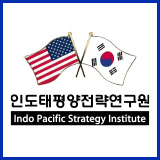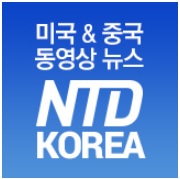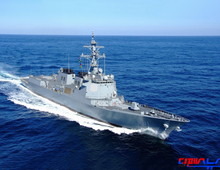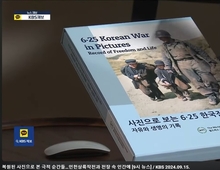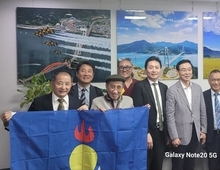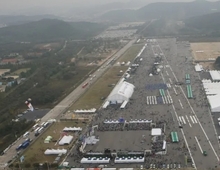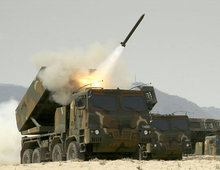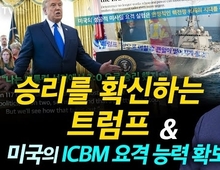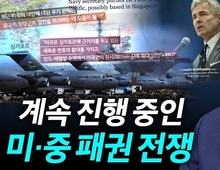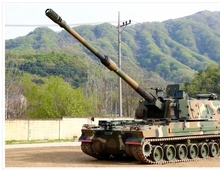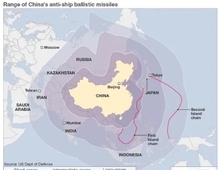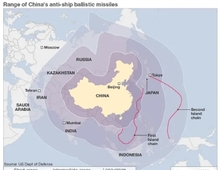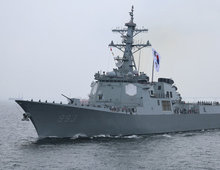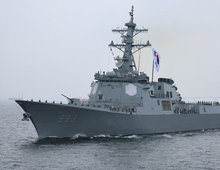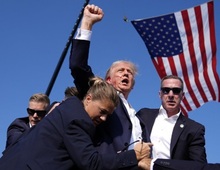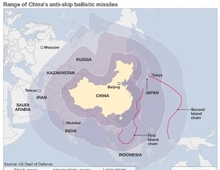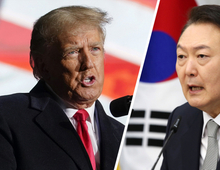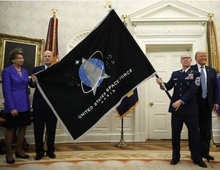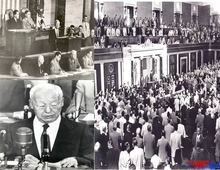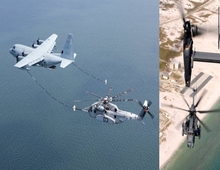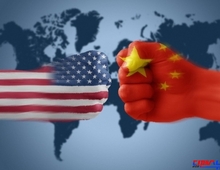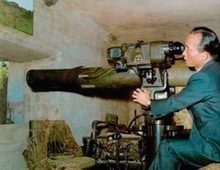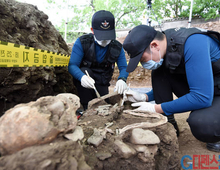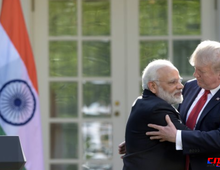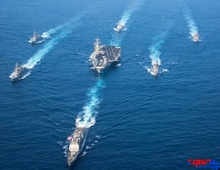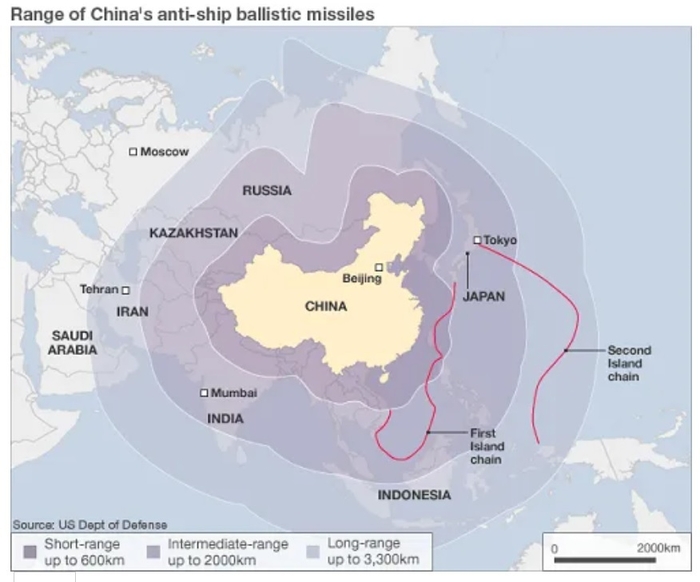
President Trump's phone conversation with President Yoon Suk Yeol made headlines when he said he needed the help of a South Korean shipyard to check the expansion of the Chinese navy.
U.S. strategists predict that by 2030, the Chinese navy will have more than 400 ship spinal cord, while the U.S. will have fewer than 300 ships retired.
When one goes out of operation, the naval ships are operated by training one and repairing the other, so even if the US Navy has 300 ships, only 100 ships are actually put into operation.
In other words, there are only about 20 vessels that can participate in actual operations in the 7th Fleet because the US Navy must defend the world's seas with 100 ships.
However, the Russian fleet operates along the East Sea and the Aleutian Islands, so if some ships are deployed to prevent the Russian fleet, fewer than 20 ships will take over the Chinese navy within the 7th Fleet.
Therefore, it is not at all absurd for President Trump and American strategists to worry about losing to China in the trap-building competition.
However, this problem can be solved simply by strengthening the Korea-U.S. alliance to the Korea-U.S. Joseon alliance.
It would be simple if the U.S. government provided large Korean shipbuilders with large shipyard sites to build shipyards and build large quantities of merchant ships and warships in the U.S. at the same time.
Of course, in the meantime, it is necessary to repair and build US ships at Korean shipyards, and the Korean Navy also needs to build large numbers of Aegis ships and submarines to prevent the Chinese navy from entering the Pacific Ocean.
Many people think that building merchant ships at U.S. shipyards is difficult to match profitability due to high labor costs.
However, if the U.S. government steps up to build a large shipbuilding complex in the U.S. and closes all of China's shipyards, the ship price will soar more than a few times due to the lack of ships, so ships built in U.S. shipyards will not be sold due to high labor costs.

If the U.S. government receives more than 10 times the cost of entering U.S. ports for ships made at Chinese shipyards compared to ships built at other shipyards, or if it blacklists them and extends the verification inspection period to delay their entry, shippers will be reluctant to ship cargo to ships built at Chinese shipyards, and ship owners will give up ordering ships to Chinese shipyards.
In addition, if the U.S. imposes export controls on ship parts to China, such as semiconductor exports to China, Chinese shipyards will be closed within a year because they will not receive ship parts from Korea, Japan and Germany.
If parts are cut off while Chinese shipyards are building ships in the dock, the ships under construction will not be able to come out of the dock, so the dock will be full and the Chinese shipyards will collapse.
Then the construction and repair of Chinese naval vessels will be impossible because there is no dock.
In addition, since various parts for Chinese naval ships are imported from Korea, Japan, and Germany to build and repair Chinese warships, cutting off the supply of parts for ships will significantly reduce the utilization rate of Chinese naval ships.
The speed of shipbuilding at a Chinese shipyard is so fast that if all of the Chinese shipyards are ruined, the shipbuilding speed will be zero, so the US Navy will not lose the shipbuilding competition with China.
For example, HD Hyundai Heavy Industries in Korea operates large shipyards in Saudi Arabia and Vietnam, so if it builds shipyards in the U.S. and creates a profit structure that earns money by receiving technology fees, the U.S. will generate huge profits from U.S. shipyards.
The Korean and U.S. governments can work together to remove all Chinese shipyards and share profits by building ships that were previously taken by Chinese shipyards together.
Currently, F/A-50 light fighters receive a certain percentage of technical fees from Lockheed Martin and earn profits through parts supply when exporting one, and this model is applied to the shipbuilding industry so that Korean and American shipbuilders can remove all Chinese shipbuilders and share profits.
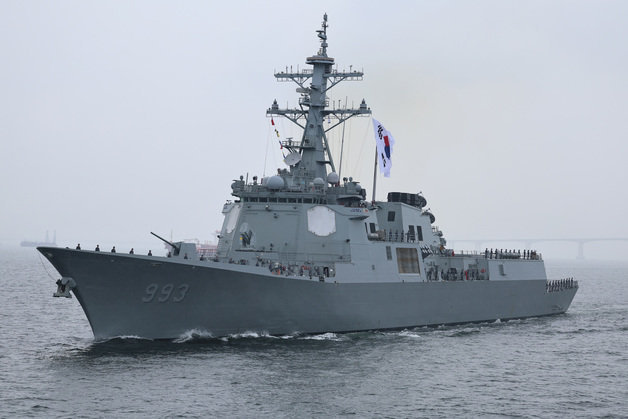
If all of China's shipyards are removed, shipyards in Korea will earn as much money as their ship prices have soared, and investing large-scale shipbuilding complexes in the United States will be a good business model because they can earn technology fees while building in the United States.
In the process, if the shipyard site is provided by the U.S. government and the construction cost of the shipyard is provided by U.S. investment banks or investment institutions, domestic shipbuilders can take up all the Chinese companies' supplies while occupying the upper hand in competition with China without spending a lot of money.
Korean steelmakers and ship engine companies all need to participate in this business model.
More than 130 years ago, when American missionaries brought the gospel to Joseon, the "Korea-U.S. Christian Alliance" was formed, and it developed into the "Korea-U.S. Military Alliance" during the Korean War.
Due to the rise of China, the "Korea-US Military Alliance" is developing into the "Korea-US Nuclear Energy Alliance," the "Korea-US Energy Alliance," and the "Korea-US Steel Alliance" must be added to turn the "Korea-US Alliance" into an impregnable blood alliance.
Since the expansion of the Chinese navy is the first threat to us, it is time to cooperate with the United States to remove all Chinese shipyards and shipping companies and share the market with Korean and American companies.
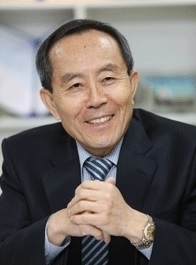
< Chae Woo-Seok, President of the Korean Defense Industry Association >
- K.A.D.I.S. (http://www.kadis.or.kr/about/message.php) / E-mail : admin@kadis.or.kr / Tel : 82-2-587- 1839
- Graduated 28th Korea Military Academy in 1972
- 1982 Master's degree in Business Administration at Colorado State University- 1988: Ph.D. in Business Administration at the University of Wisconsin
- Brigadier General's example in 2001
< Key military experience>
- Served as the Army Headquarters Management Measurement Officer, Cost Analysis Officer, and Director of the Company Compilation Division
- Director of the Ground Equipment Evaluation Division of the Ministry of National Defense Evaluation and Management Office, Director of Acquisition and Development Bureau, Director of Acquisition and Planning Division
- He served as R&D Officer of the Ministry of National Defense, Foreign Investment Director of Procurement Headquarters, and Deputy Director of Procurement Headquarters
- Seoul National University, Hanyang University, FKI Complete CEO Course
- Visiting Professor of Sungkyunkwan University, Korea University, Chonbuk National University, Konkuk University
- Current President of the Korea Defense Industry Association and Current President of the Defense Advancement Forum
- DX-Korea 2024 International Anti-Dust Exhibition Hall
- Order of Merit for National Treasure and Order of Merit for National Treasure






